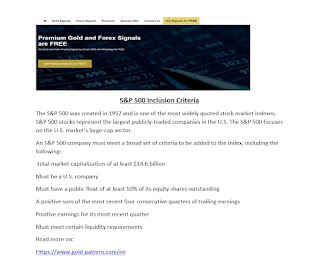commingled fund
Commingled Fund
A commingled is when an investment manager accumulates money
from several investors and combines it into one fund.
Like mutual funds, commingled funds are overseen and managed
by portfolio managers who invest in a range of securities.
Unlike mutual funds, commingled funds are typically not
regulated by the SEC.
Commingled funds do not trade publicly and are not available
for individual purchase; instead, they feature in institutional accounts such
as pensions, retirement plans, and insurance policies.
Understanding a Commingled Fund
Commingling involves combining assets contributed by
investors into a single fund or investment vehicle. Commingling is a primary
feature of most investment funds. It may also be used to combine various types
of contributions for various purposes
In many ways, commingled funds are similar to mutual funds.
Both are professionally managed by one or more fund managers and invest in
basic financial instruments such as stocks, bonds, or a combination of both.
Also, like mutual funds, commingled fund investments benefit
from economies of scale, which allow for lower trading costs per dollar of
investment, and diversification, which lowers portfolio risk.
Oversight of Commingled Funds
One major and important difference, however, is that
commingled funds are not regulated by the Securities and Exchange Commission
(SEC), which means they are not required to submit a variety of lengthy
disclosures. Mutual funds, on the other hand, must register with the SEC and
abide by the Investment Company Act of 1940.
Commingled funds are not completely devoid of oversight,
though: They are subject to review by the United States Office of the
Comptroller of the Currency, as well as individual state regulators.
While mutual funds have a prospectus, commingled funds have
a Summary Plan Description (SPD). SPDs offer more detail, describing the fund's
objectives, investment strategy, and background of its managers. The SPD
document states the rights and obligations that the plan participants and
beneficiaries can expect. Any participant in a commingled fund should read the
SPD carefully.
Advantages and Disadvantages of Commingled Funds
The lower degree of regulation results in lower legal
expenses and operating costs for a commingled fund. The lower the costs, the
less drag on a fund's returns. If a commingled fund and a comparable mutual
fund post the exact same gross performance, the commingled fund's net return
would likely be better because its expenses were lower than the mutual fund's.
A disadvantage of commingled funds is that they do not have
ticker symbols and are not publicly traded. This lack of public information can
make it difficult for outside investors to track the fund's capital gains,
dividends, and interest income. With mutual funds, this information is much
more transparent.
https://www.gold-pattern.com/en
Illegal Commingling
In some cases, the commingling of funds may be illegal. This
usually occurs when an investment manager combines client money with their own
or their firm's, in violation of a contract.
Details of an asset management agreement are typically
outlined in an investment management contract. An investment manager has a
fiduciary responsibility to manage assets according to certain specifications
and standards. Assets agreed to be managed as separate cannot be commingled by
the investment advisor.
Other situations may also arise where contributions provided
by an individual or client must be managed with special care. This can occur in
legal cases, corporate client accounts, and real estate transactions.




Comments
Post a Comment